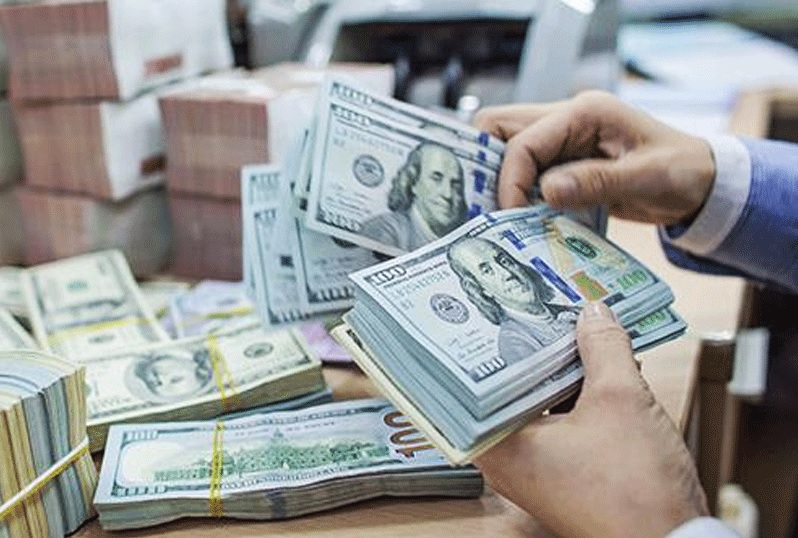The US dollar rebound makes it hard to last too long
The US dollar continues to recover modestly after the plunge seen so far this year but many analysts doubt the rebound will last too long or get too far.

Steven Barrow, Head of Standard Bank G10 Strategy feels that the US dollar’s decline so far this year reflects two key factors. The first is portfolio rebalancing away from the US and towards other countries both in the G10 and in emerging markets. The second is the unease about US policymaking that generated a massive rise in policy uncertainty and essentially provoked this portfolio rebalancing. This leaves two questions.
The first is whether this rebalancing has further to go, and the second is whether policymaking concerns will persist. Steven Barrow thinks that the answers are ‘yes’ and ‘yes’. Hence, his targets are still for considerable weakness in the US dollar from here, even atop the 10% fall that we’ve seen against other major currencies so far this year. On the first of these, portfolio rebalancing, he suspects that much of the adjustment to date has occurred amongst the more nimble investors, such as hedge funds. That leaves many longer-term investors such as pension funds and insurance companies. These tend to be the super tankers of the investment world as changes in direction occur very slowly and over a considerable period of time.
Their judgements about the US dollar and US assets will be shaped by factors such as the huge concentration of global risk in the US equity market given that the US makes up around a half of global stock market capitalisation. That compares to the US’s sub-15% share of global GDP when measured on a purchasing power parity basis. But in addition to over-exposure towards US stocks, there is also the issue that the US dollar is overvalued and that the treasury market has proven to have liquidity problems in the past, which belie its position as a safe asset.
Moody’s stripped the US of its top rating in May. That might not have impacted the market because the agency simply fell into line with the ratings of others, such as S&P and Fitch. All have a stable outlook for the US but we feel that this could be at risk given the recent one big, beautiful bill from the Trump Administration which is set to lift the bloated budget deficit by USD3.4tr over the coming decade according to the Congressional Budget Office. Such fiscal expansion might help the US to outgrow its G10 peers but this could come at a cost of inflation and more tensions between President Trump and the Fed over rate policy.
In sum, the omens for a significant and sustainable recovery in the US dollar seem poor. And even if the US dollar were to recover all this year’s losses, the Trump Administration could try to jawbone the US dollar down, just as the US President tried to do during his first term. “With all this in mind we see euro/dollar rising to 1.30, and above, over the coming year, or so, with sterling over 1.50 and dollar/yen down to at least 125”, said Steven Barrow.
If the US dollar does fall, as anticipated, other countries will not just be competing to gain the most value against the US dollar, but also competing to challenge the US dollar’s global leadership in areas such as reserve holdings, international bond issuance and more. Steven Barrow doubts that any currency can really challenge the US dollar across the board of international attributes but certain currencies challenge the US dollar in particular respects. For instance, the main challenger to the US dollar in terms of FX reserves looks as if it might be the Swiss franc.
When it comes to the US dollar’s role as an invoicing currency for trade, many analysts suspect it will be China’s renminbi that dominates the fight as it pushes out its payment mechanism. The euro stands out as the primary competitor when it comes to international debt issuance and foreign currency loans but the although the euro is still compromised by the lack of a single bond market in the eurozone. There has been some progress in creating more euro-wide debt for sale to the market, but it is very slow and meeting notable resistance from some countries.
Another point, of course, is that the biggest challenger to the US dollar might not come from fiat currencies at all, at least when it comes to value. For both gold and cryptocurrencies seem to be laying down the gauntlet to the US dollar, and arguably all currencies. It is hard to see this process reversing and that’s concerning for all currencies because it suggests that their decline against supply-constrained assets like gold and crypto reflect wider concerns about the whole fiat currency system.








